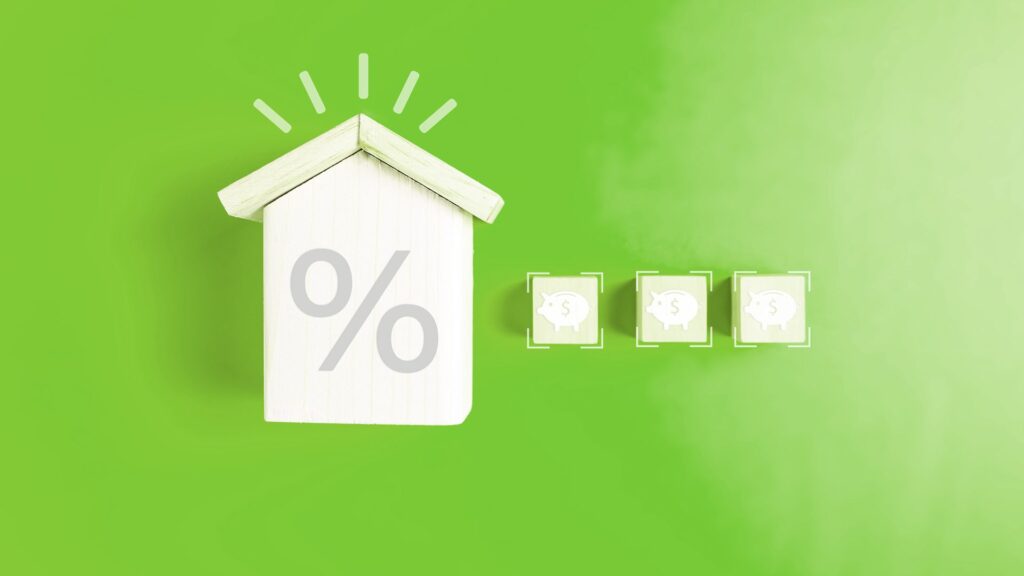A decade of building too few homes has led to a housing shortage, which is fuelling rapidly rising rents. Rising interest rates aimed at controlling inflation are inadvertently compounding the housing shortage by stalling construction. This situation is evident in many cities across the world, so is not isolated to Australia. This “Catch-22” not only worsens the crisis but also presents an unprecedented opportunity for savvy investment in a constrained market.
A recent article by Conor Sen on Bloomberg, ‘The catch-22 of high interest rates and high house prices’, discusses how high inflation is prompting the Federal Reserve to maintain elevated interest rates, stifling necessary construction efforts across the United States. This situation closely mirrors the economic dynamics shaping Australia’s housing market, where similar forces are exacerbating housing affordability issues and critical undersupply of rental properties across the country. Understanding these dynamics is crucial for Australian property investors and potential homeowners as it impacts investment returns in ways that are not always evident to inexperienced investors.
Understanding the Issue
The Bloomberg article perfectly articulates the critical connection between underbuilding and the escalating rental crisis, a situation that resonates strongly with current market conditions in Australia.
As interest rates have risen since May 2022, the pace of new housing developments has significantly decelerated, intensifying the housing supply shortage. This slowdown is in part the reason for the government’s ambitious target to construct 1.2 million new homes over the next five years, aiming to correct the supply-demand imbalance. We wrote about this in our blog back in December of 2023: “Unveiling The Housing Dilema.” However, this underbuilding results in fewer available homes, driving up rents and house prices. The rise in house prices is particularly pronounced due to a prolonged period of underinvestment in housing coupled with sustained demand. Rents in many areas of Australia have climbed sharply, with a noted increase of over 30% in some urban areas since 2020.
The new norm for Australians, especially those looking to invest in property or buy their first home, is navigating a landscape with less availability and increasing entry prices. For those who already own property or are considering entering the market soon, this information reiterates the potential for property values to continue appreciating, offering a valuable investment opportunity despite the current elevated interest rates.
The potential for long-term capital gains should be a significant consideration for current and prospective property owners within today’s market.
Lessons from the American Market
The contrasting scenarios in different U.S. regions illustrate the direct impact of construction activity on housing economics. In the Southern and Western U.S., robust construction efforts have helped stabilise or even reduce rents. This is because increased housing supply tends to moderate price inflation by meeting or exceeding demand. Conversely, in the Northeast and Midwest of America, less construction has not kept up with demand, leading to rapidly increasing rents. This disparity offers us a clear lesson: when construction keeps pace with demand, it can help control inflation in the housing market by preventing the supply shortages that drive up prices.
Drawing parallels between the U.S. and Australia, we see similar regional disparities. Cities like Sydney and Melbourne, much like the U.S. Northeast, are experiencing a shortfall in new construction relative to demand, leading to rising rents and housing prices. This comparison highlights a universal economic principle: adequate housing supply is crucial to maintaining affordability.
However, despite proactive construction being a viable solution to control inflation, achieving this in Australia is not so simple. The Australian Government has set ambitious targets to ramp up construction, aiming to build 1.2 million new homes over the next five years. Yet, as outlined in our article from September 2023 ‘Will the Government’s New Housing Target Turn the Market Upside Down?’, these targets are unlikely to be met due to a variety of challenges. In this article I stated, “The reality of achieving a 26.6% increase in production over previous outputs is overwhelming, given current constraints in labour, materials, and regulatory approvals.” Additionally, we’ve highlighted a concerning trend of declining housing approvals and commencements as a result of rising interest rates, “Despite there being 240,000 dwellings under construction, the number of new approvals and starts has not kept pace, indicating a potential worsening of the supply crisis.”
By understanding these dynamics, it becomes evident that while proactive construction can mitigate inflation by increasing supply, the complexities of achieving these construction goals in the face of logistical and regulatory challenges present a formidable obstacle. For Australian markets, particularly in high-demand urban areas, aligning construction activity with demand remains a critical, yet challenging, strategy to curb inflationary pressures in the housing sector.
Today’s Challenges Are Tomorrow’s Opportunity
For Australian property investors and those considering entering the market, these are times of both challenge and opportunity.
What is evident from the current, and growing, undersupply of housing is that rents will continue to rise for some time and there is likely to be a “catch up” of house prices in the coming years, where price growth accelerates. In other words, in future years those investors that were able to purchase property in 2024 will benefit from both rising rents and rising prices.
By understanding the interconnectedness of interest rates, government policies, and construction activity, investors can better navigate the complex housing landscape. A strategic approach to property investment that considers economic indicators and policy directions can mitigate risks and capitalise on opportunities, providing a clearer path through the current economic turbulence.
If you would like to begin your investment journey you can get started here.









